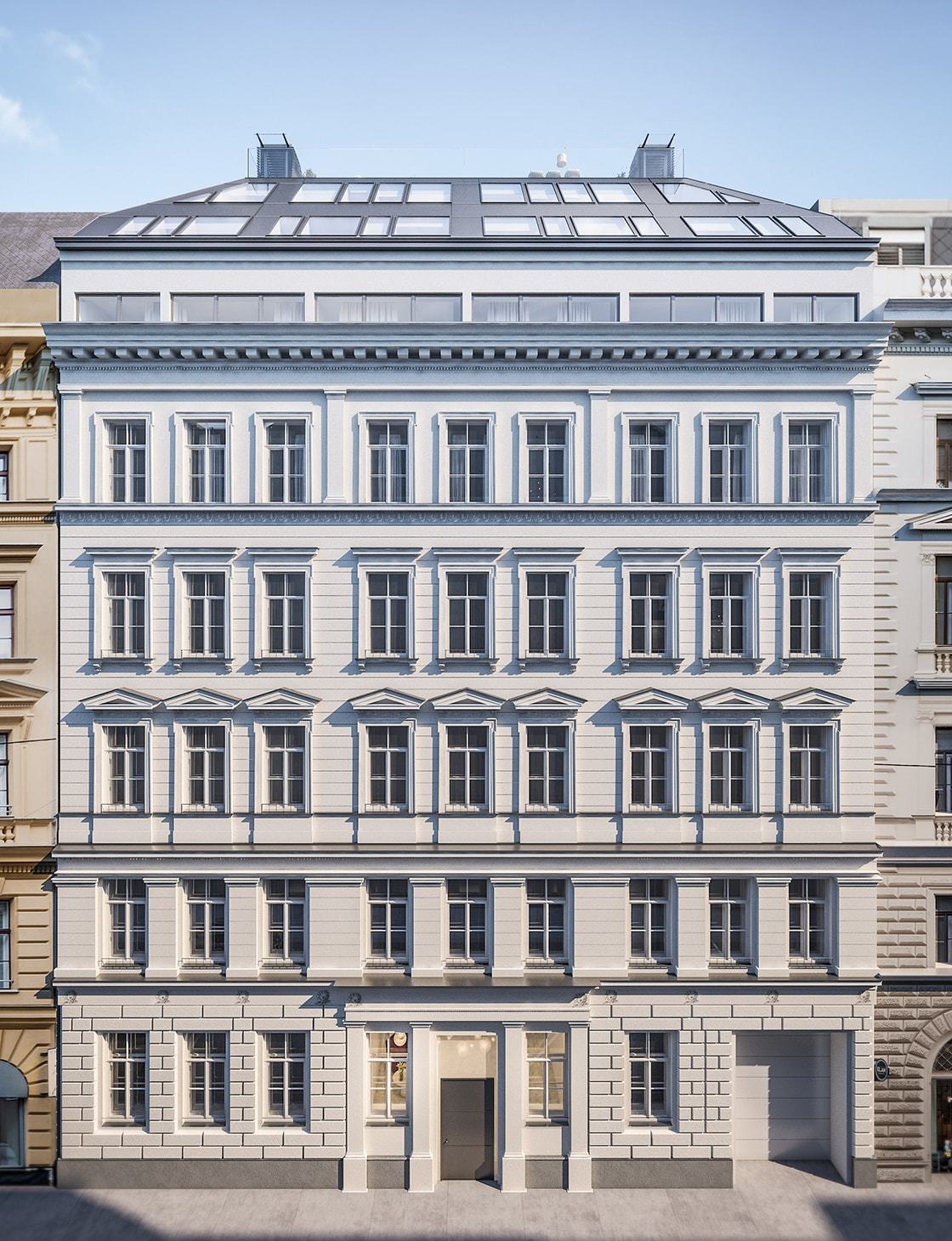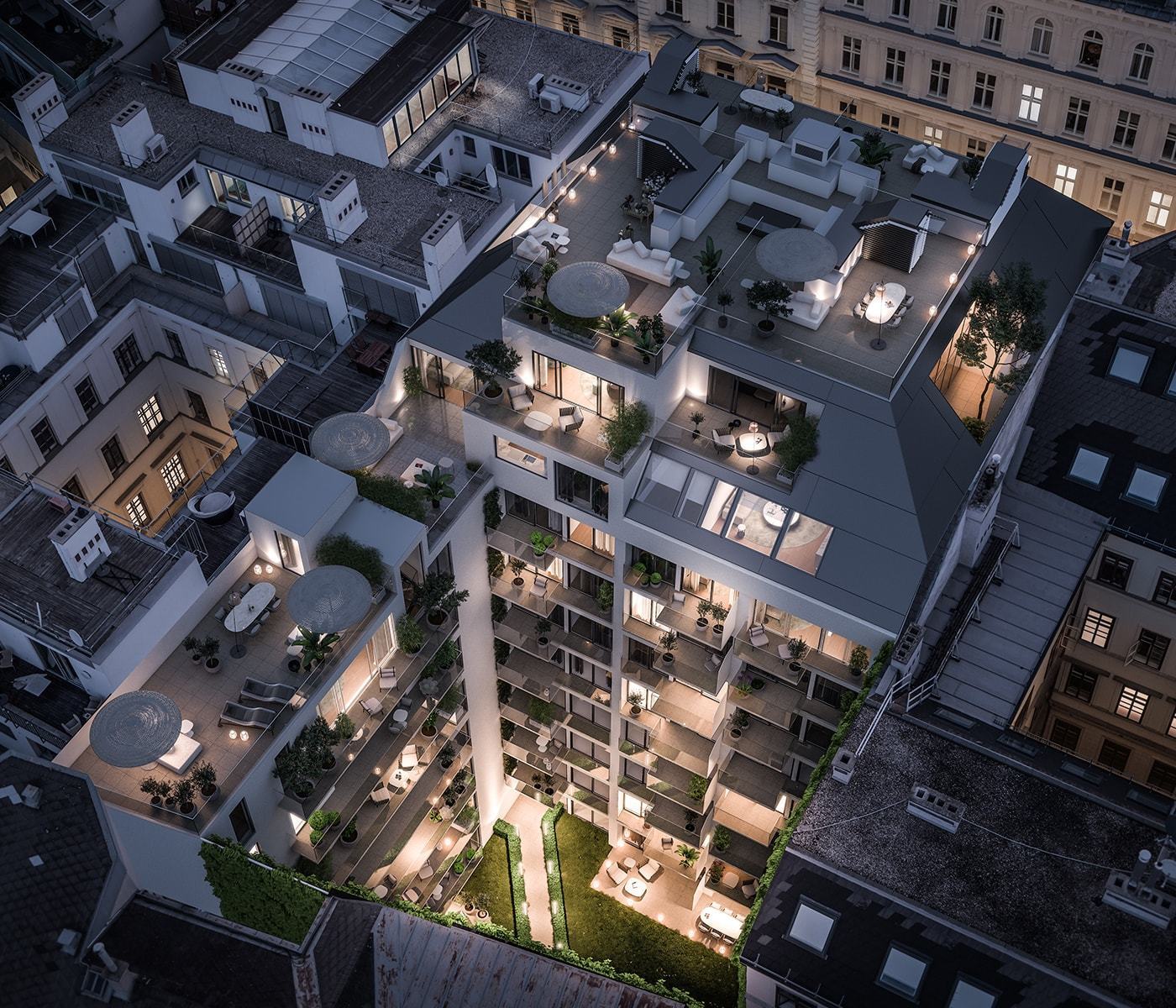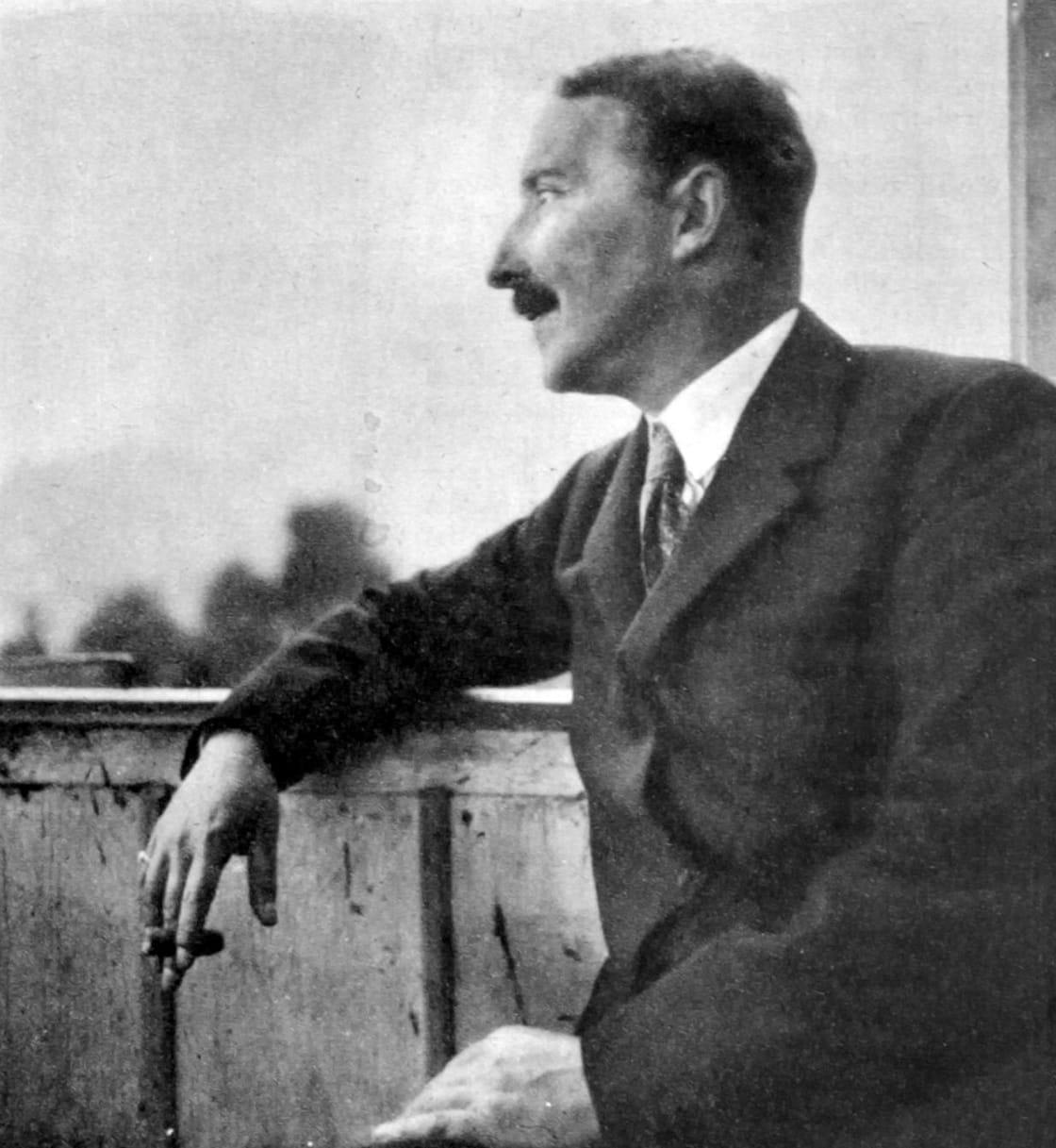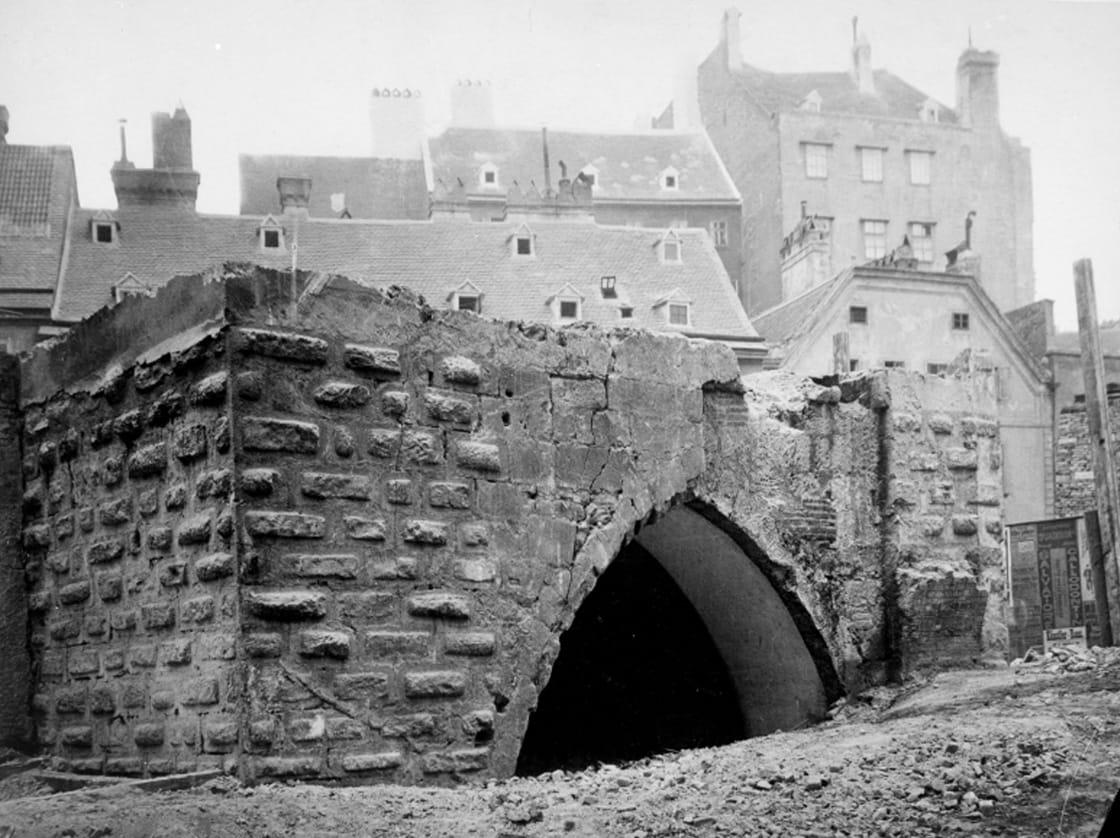LUXURY ESTATE AT WERDERTORGASSE


A HOUSE DATING BACK TO AUSTRIA’S GRÜNDERZEIT, COMPLETELY RETHOUGHT AND INTERPRETED
Situated in the heart of Vienna’s historic textile district, a building dating back to Austria’s ‘Gründerzeit’ (founding epoch) is being reinvented. WERDER SIX is an urban home for the discerning resident, proving that a quiet living environment and the pulsating flair of the city centre are not mutually exclusive. Surrounded by well-kept streets and small parks, numerous fin de siècle buildings, a heyday of architecture in Vienna, can be found in the immediate vicinity. This is somewhere to live well and happily.

Dating back to 1876, the residential and office building at Werdertorgasse 6 is being given a modern look by WERDER SIX. The front of the old building is primarily a facade for an original new building concept inside, which guarantees contemporary living at a remarkable level. A stylish apartment world in keeping with the times, which has ample green space. In addition to a leafy inner courtyard, gardens, planted balconies and loggias dominate the overall view. As such, the new apartments open generously to the outside.

© BILDARCHIV AUSTRIA
HISTORY
Originally built in 1876, the extensive Gründerzeit house was initially used mainly by children, in the primary school that was housed in Werdertorgasse 6 for several decades. The most famous student among them was probably the writer Stefan Zweig, who became an internationally renowned author with classics such as "The World of Yesterday", “The Royal Game” and "Beware of Pity”. Decades later, the property found an alternative use as an administrative building for the City of Vienna.

© BILDARCHIV AUSTRIA
Werdertorgasse was named in 1864 after the former Werdertor, a gate in the Babenberg city wall. The "Alte Werdertor" was located a few hundred metres closer to the city centre, and the "Neue Werdertor" or "Neutor" was built in the middle of the 13th century, diagonally opposite the present property WERDER SIX.
The name "Werd" comes from Middle High German and designated the river islands in the Danube, which existed before the Vienna Danube Canal was regulated.